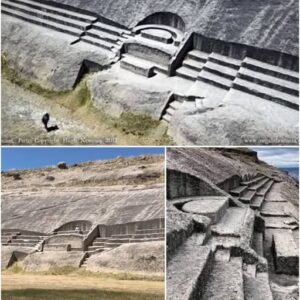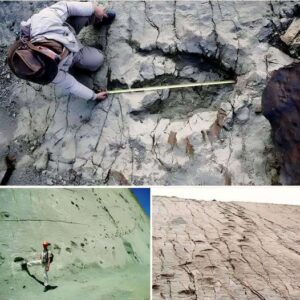The Great Pyramid of Giza has long captivated the imagination of historians, architects, and curious minds worldwide. Despite the prevailing belief that it was constructed as a tomb for Pharaoh Khufu, the absence of mummies and burial artifacts within its chambers has sparked extensive debate and speculation. The pyramid’s meticulous alignment with celestial bodies and its extraordinary engineering marvels suggest a level of sophistication that has confounded researchers for centuries.
Numerous alternative theories have emerged to challenge the traditional narrative. Some experts propose that the Great Pyramid might have functioned as an ancient energy generator, utilizing its unique design and materials to harness geomagnetic forces. Others speculate that it could be a remnant of a highly advanced civilization lost to time, its true purpose obscured by the absence of written records detailing its construction or utility.

Rather than settling the controversy, recent discoveries such as hidden chambers and undiscovered voids within the pyramid have only intensified the mystery surrounding this ancient wonder. These findings have added new layers of complexity to the ongoing quest to unravel the enigmatic purpose of the Great Pyramid, raising more questions than answers.
Far from being a mere architectural feat of antiquity, the Great Pyramid stands as a testament to the ingenuity and skill of the ancient builders who designed and constructed it. Its enduring legacy challenges our understanding of ancient knowledge and technological capabilities, inviting us to contemplate the depths of human achievement and innovation in a bygone era.
As we continue to explore and study this iconic monument, the riddle of the Great Pyramid persists, beckoning us to delve deeper into its secrets and unlock the mysteries that lie within its ancient stone walls. The enigma of the Great Pyramid endures, serving as a reminder of the profound mysteries that still await discovery in the annals of history.





